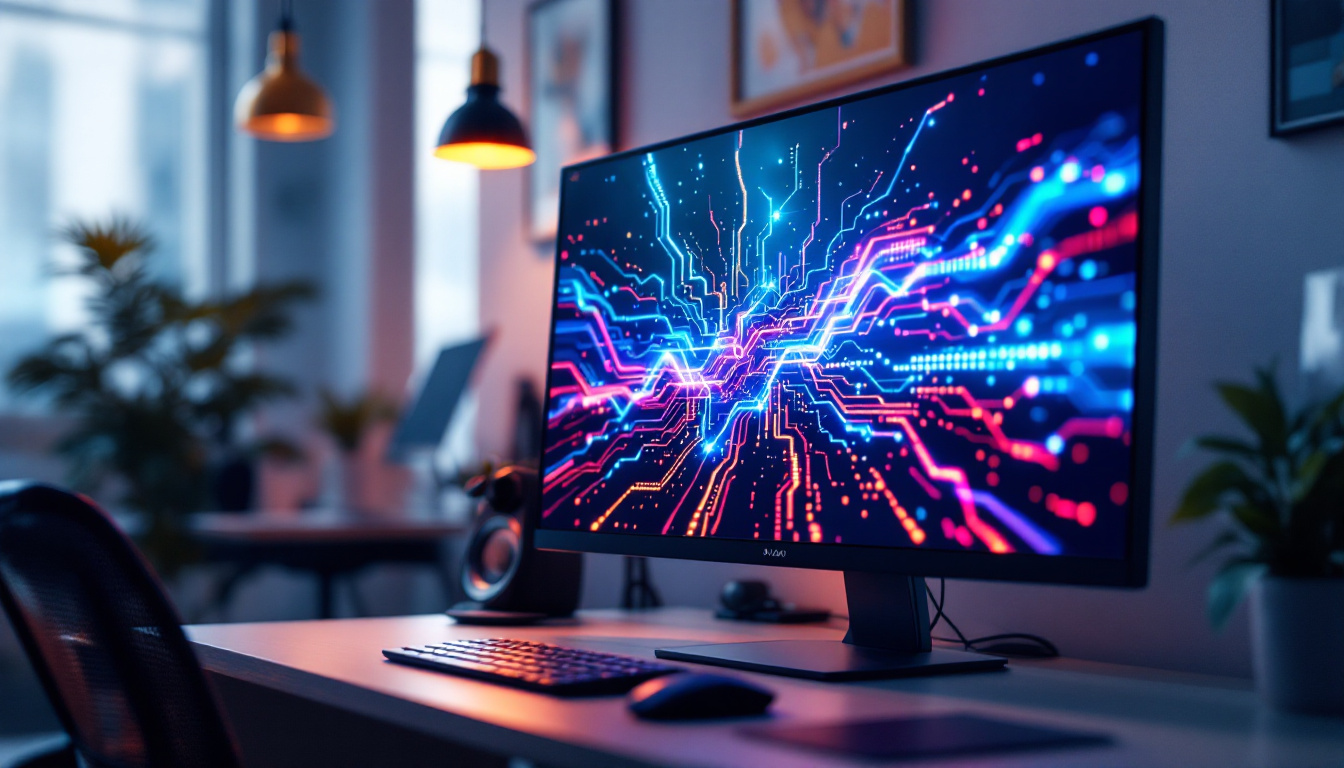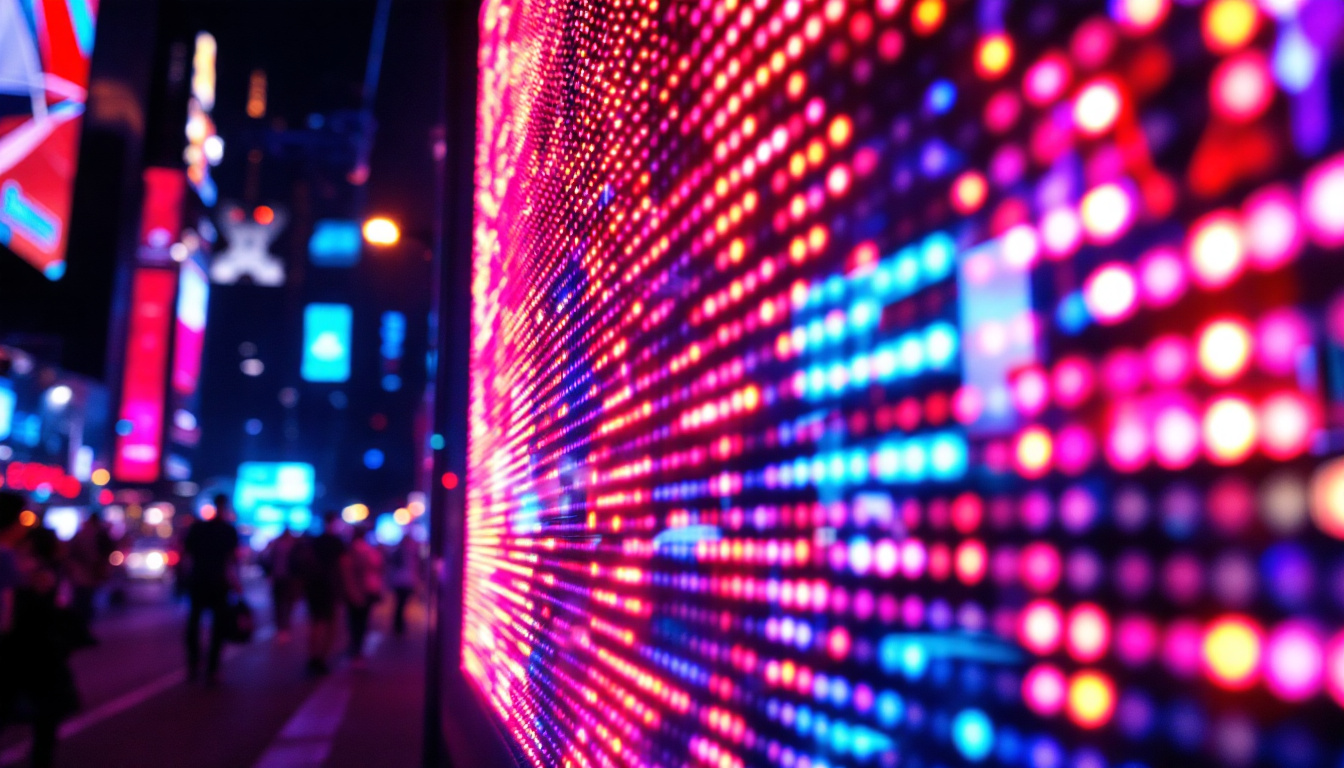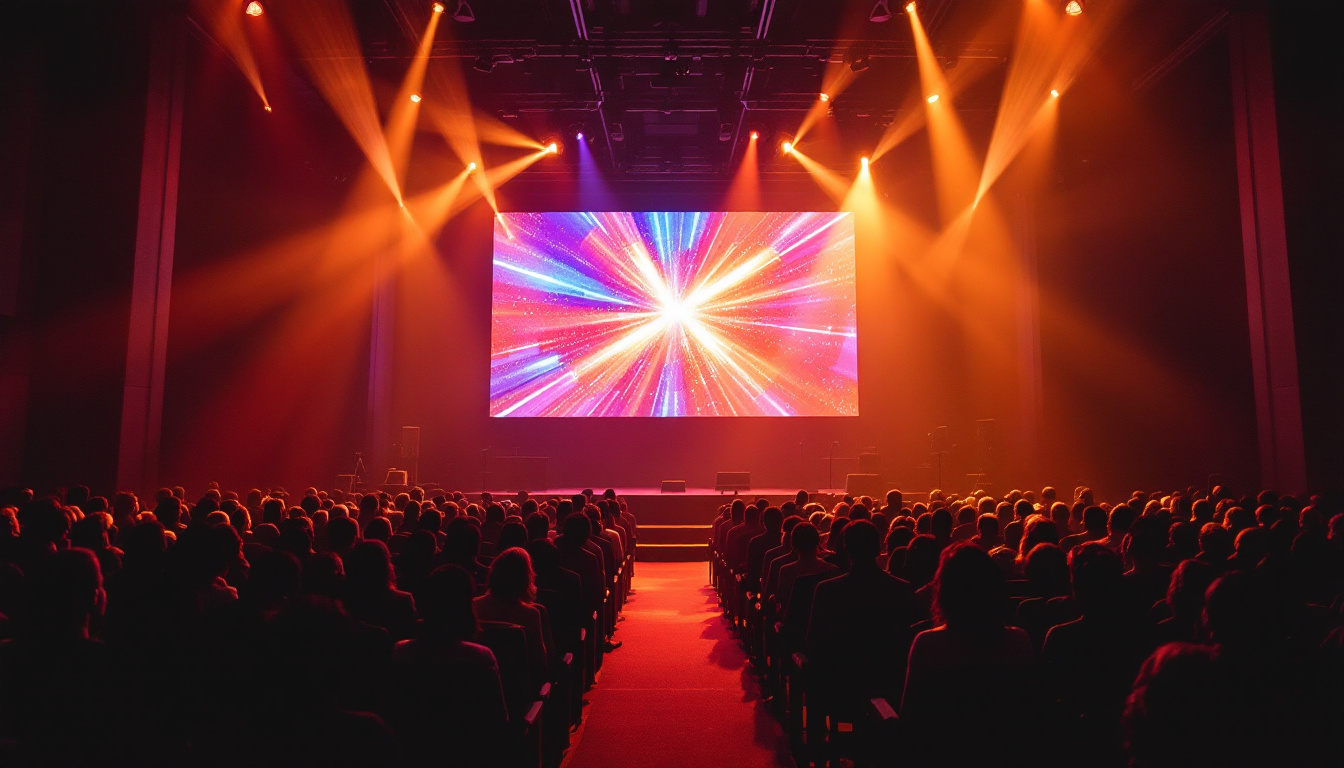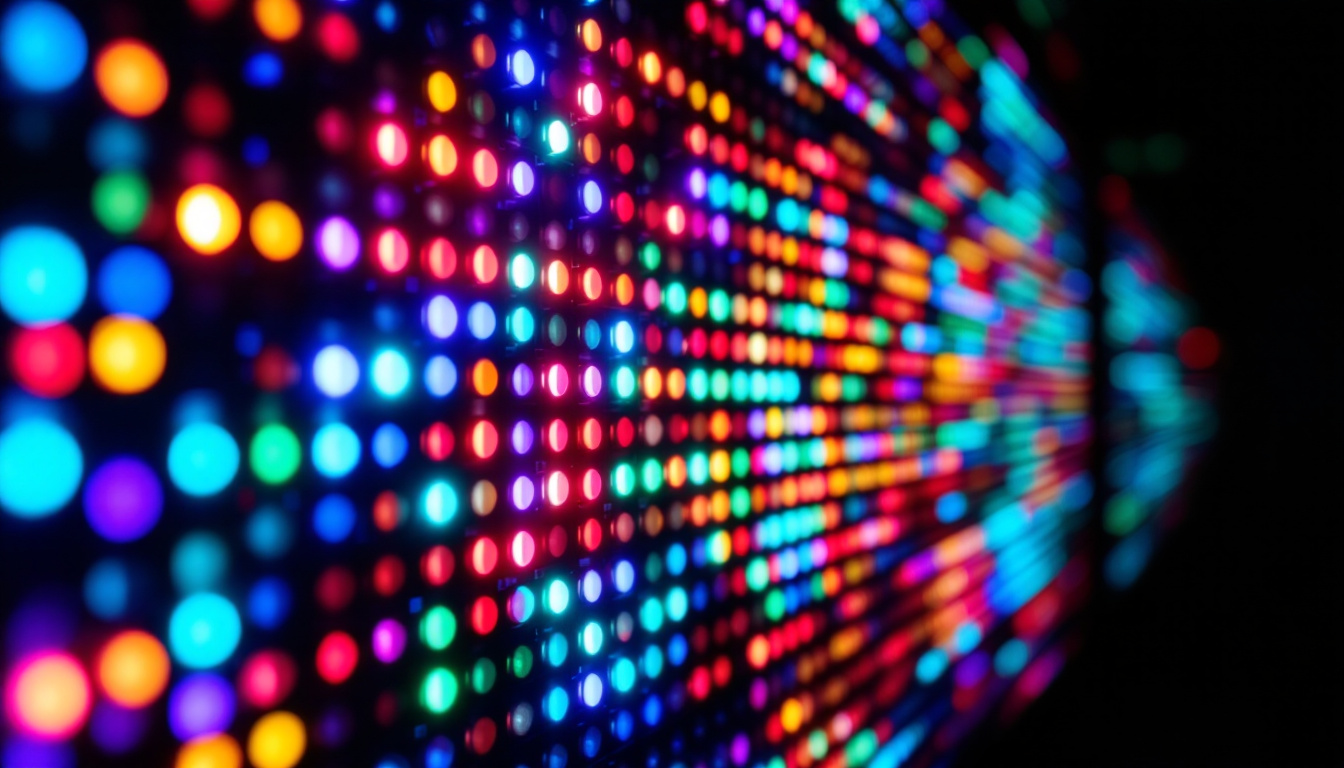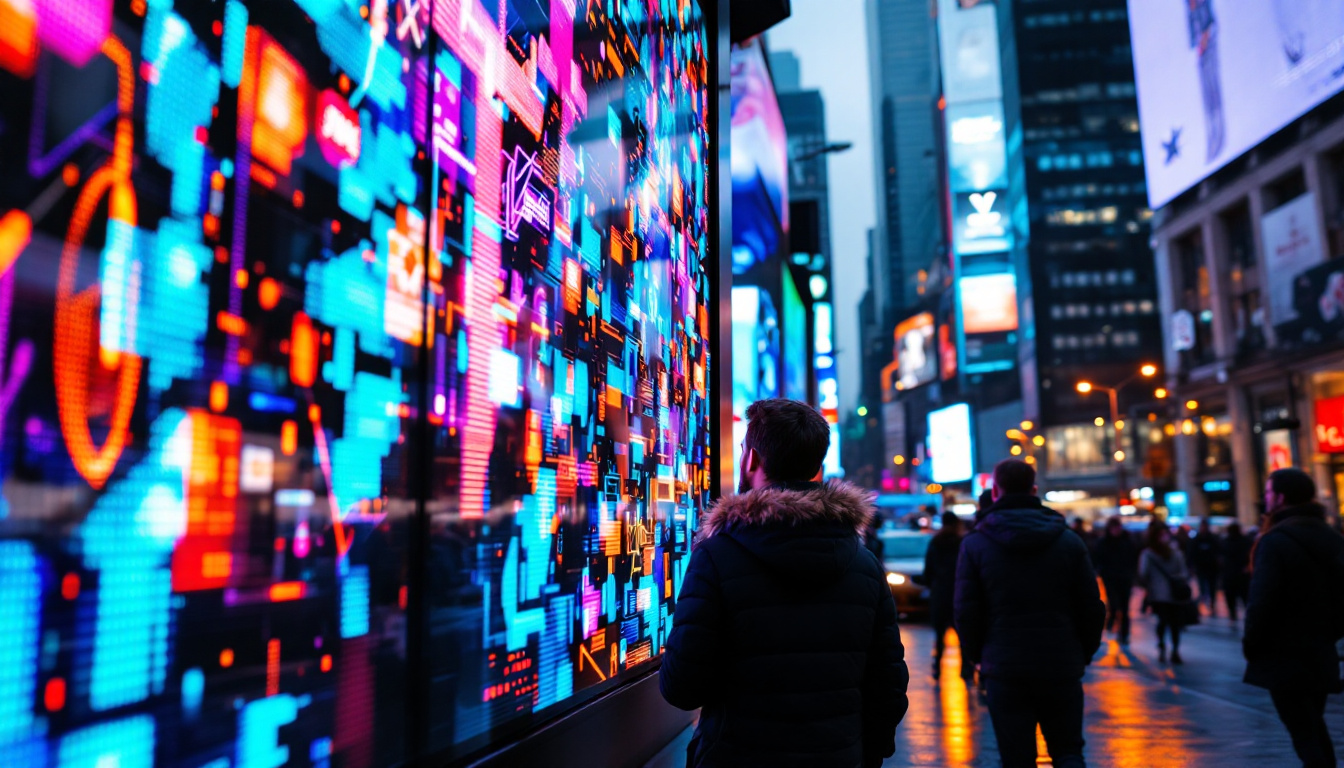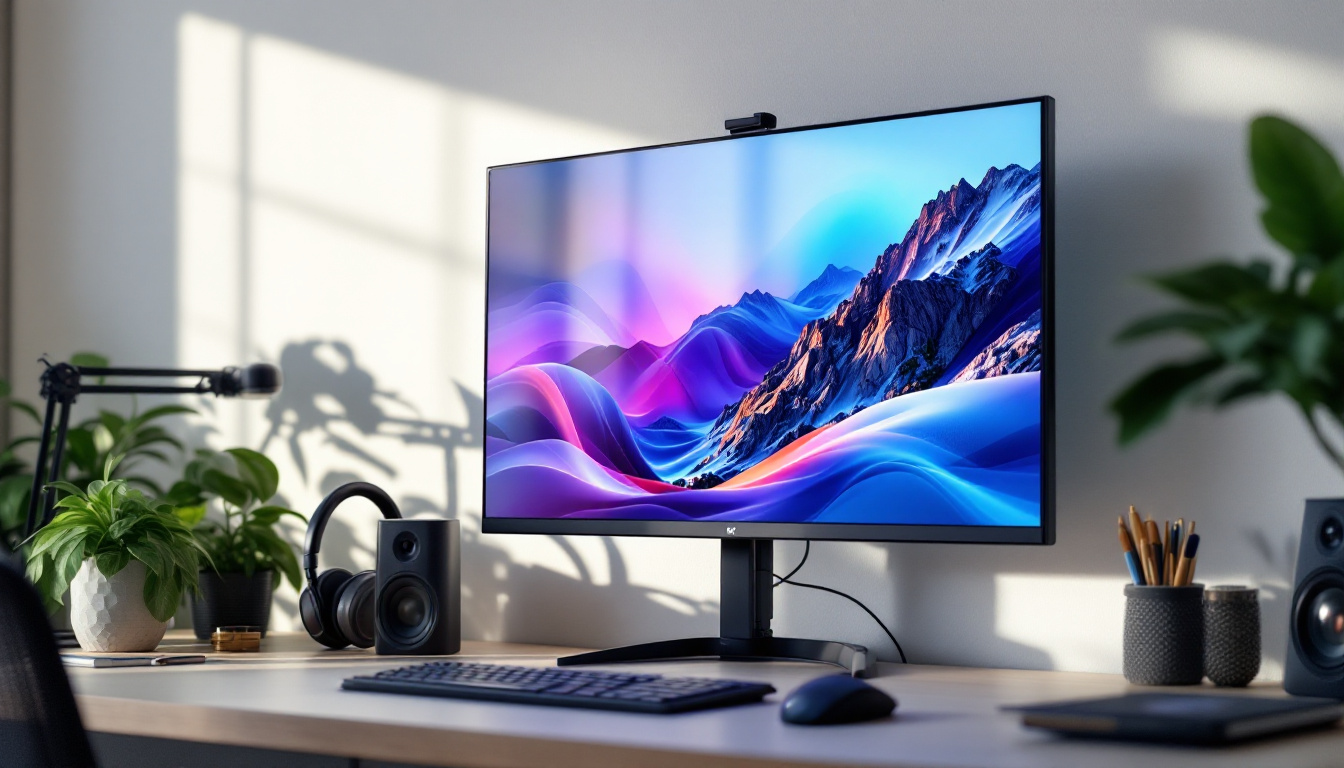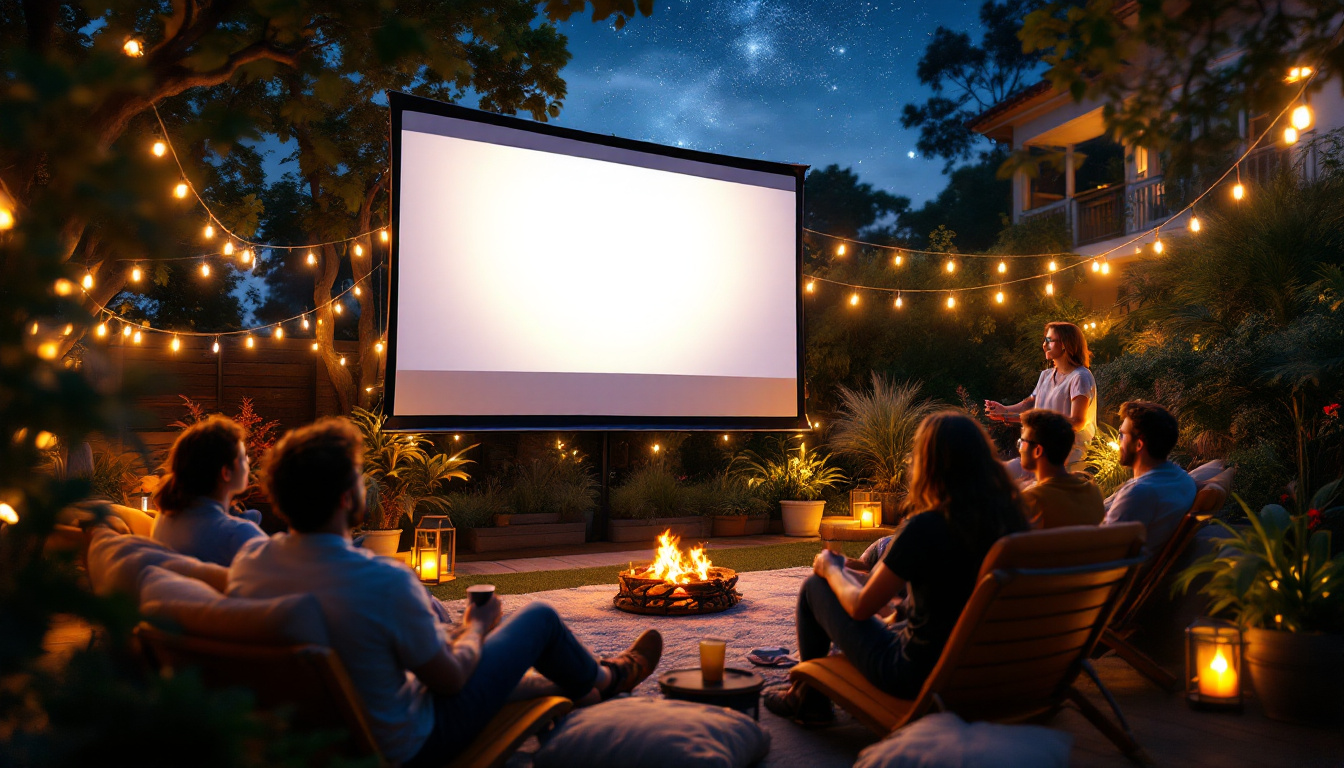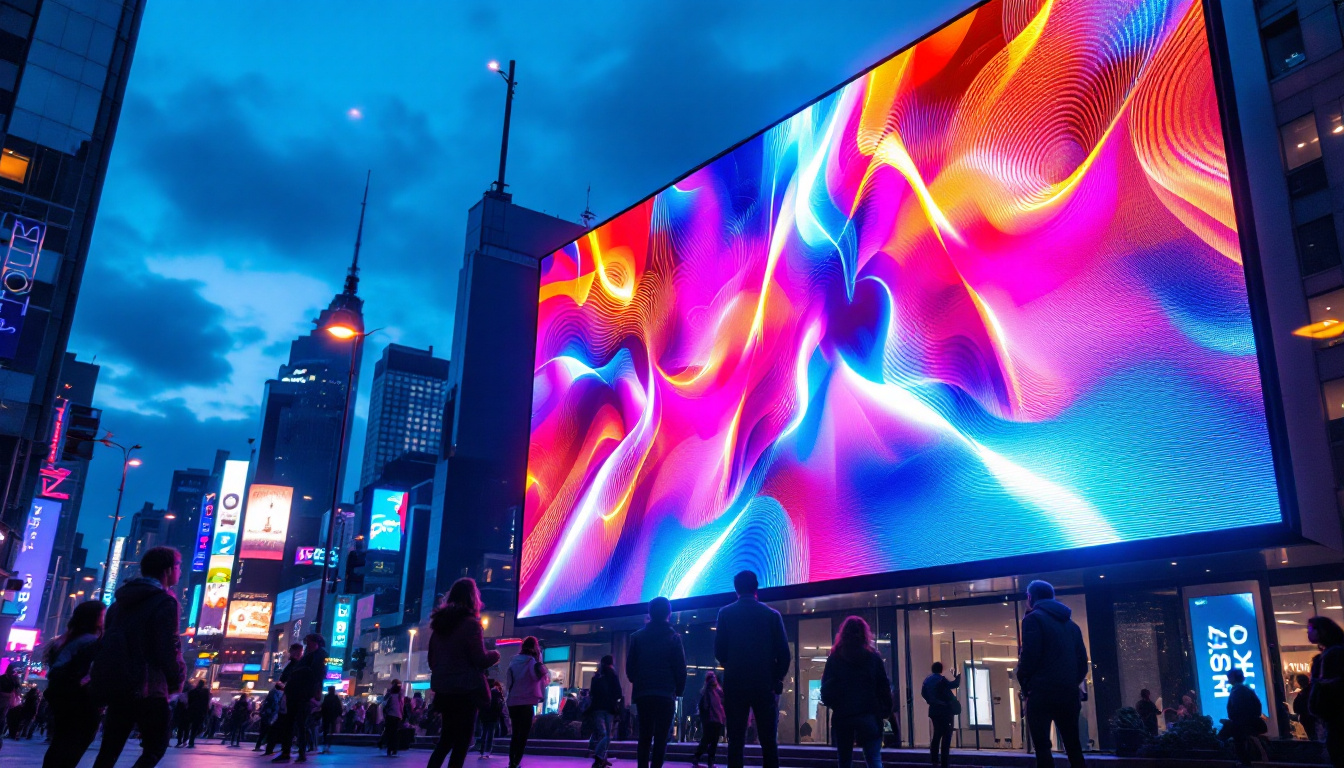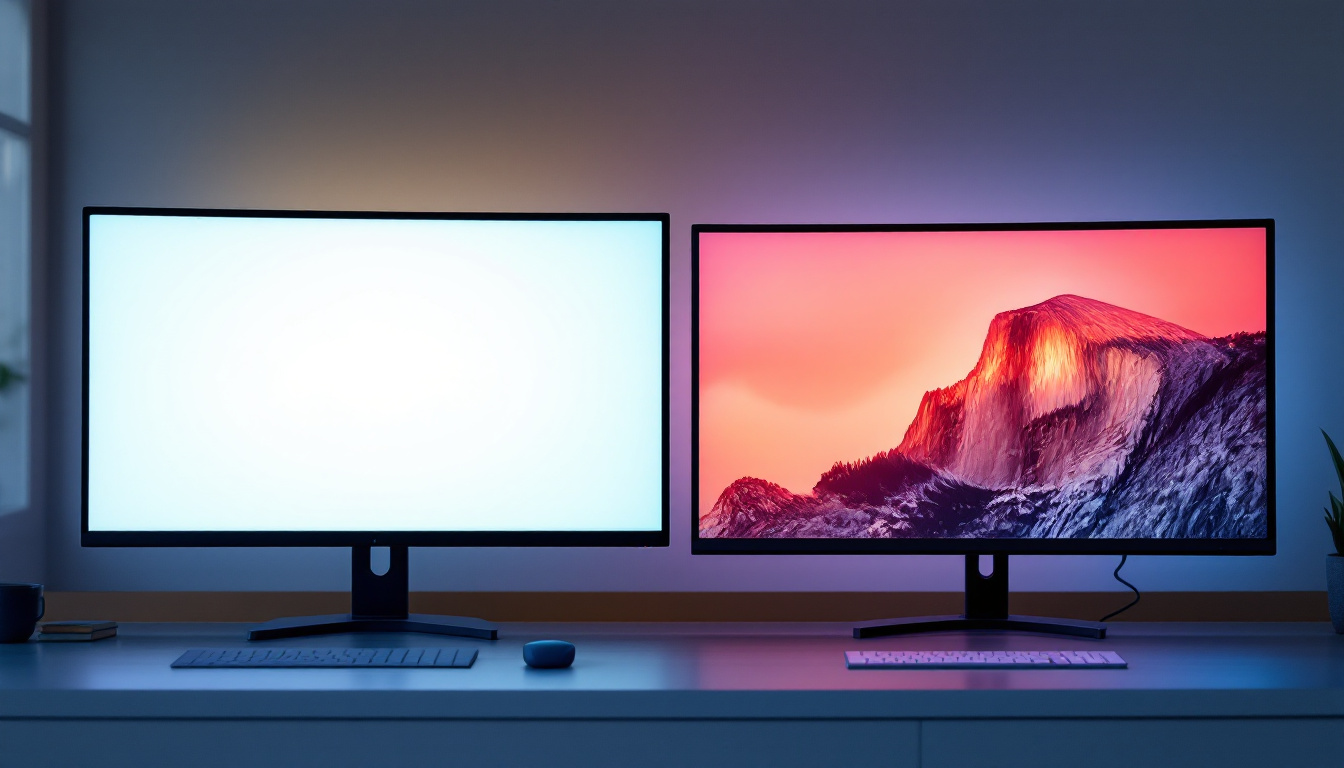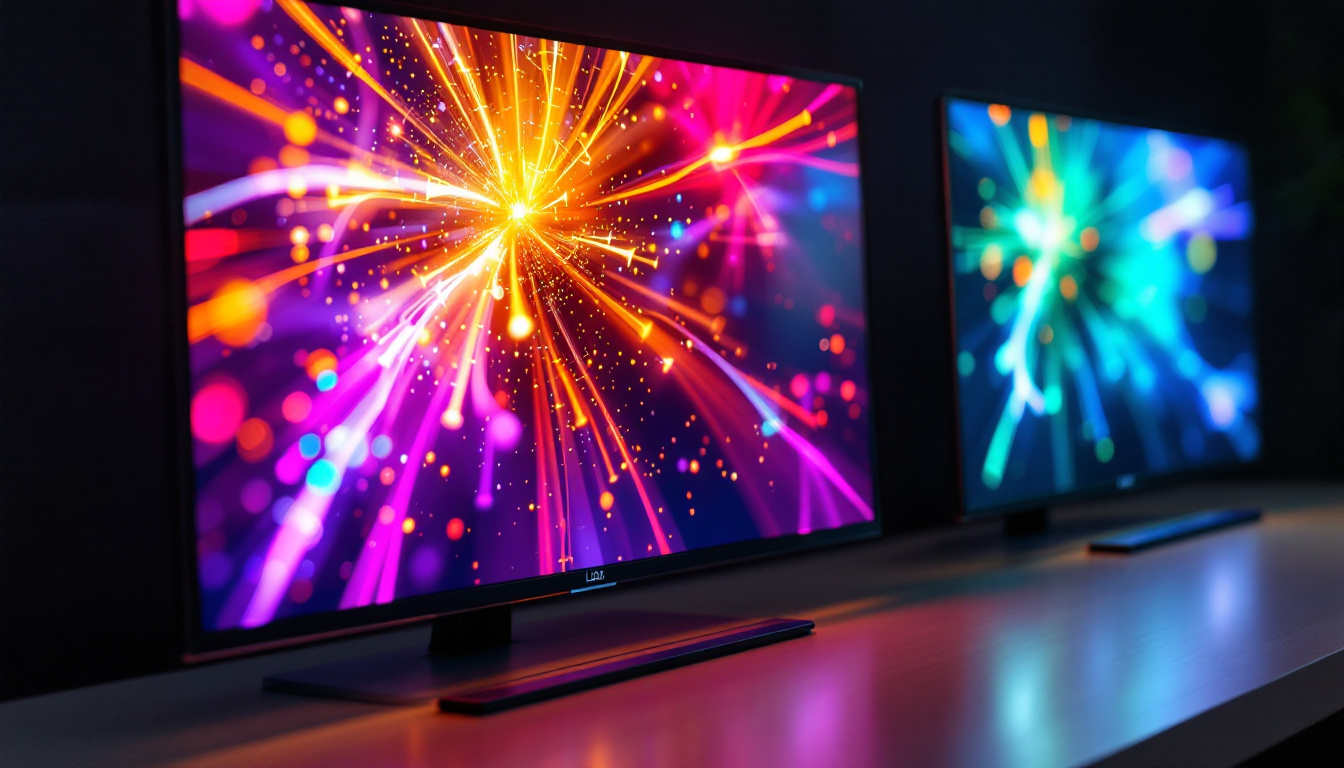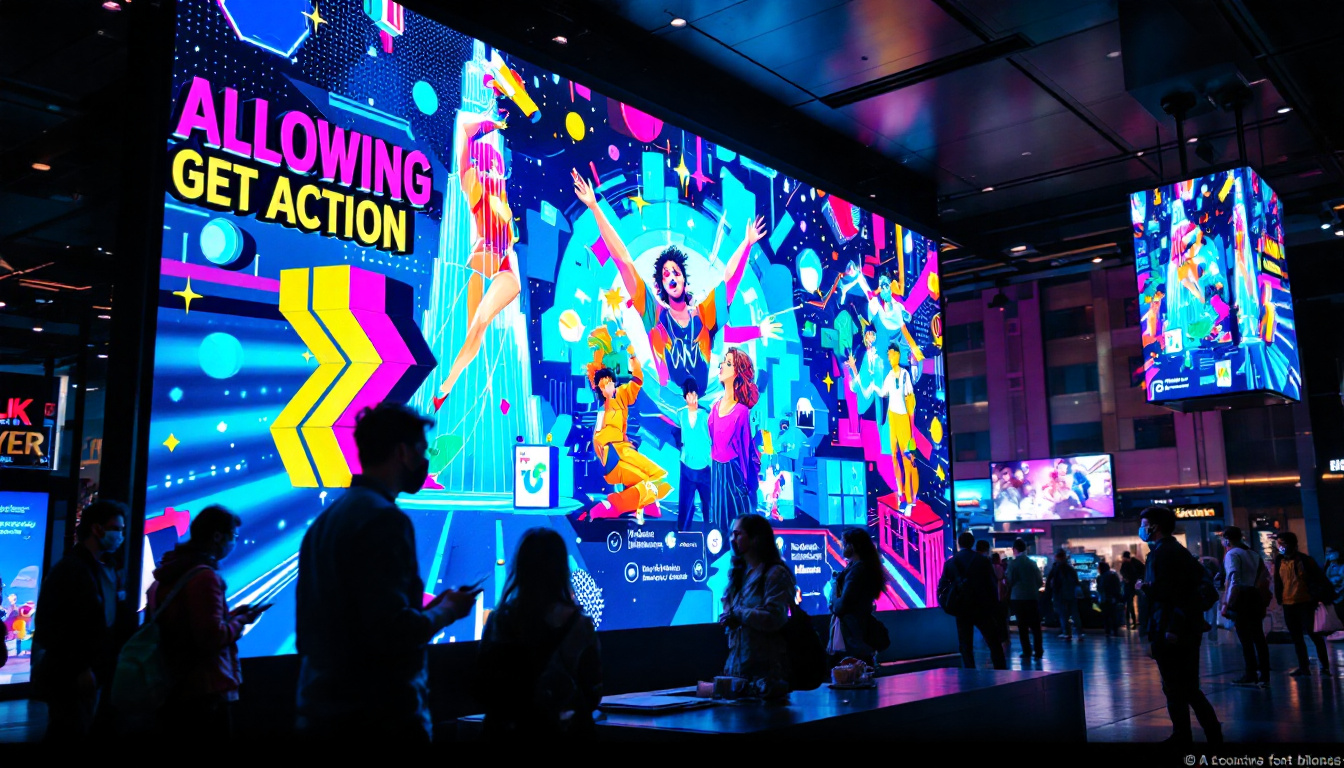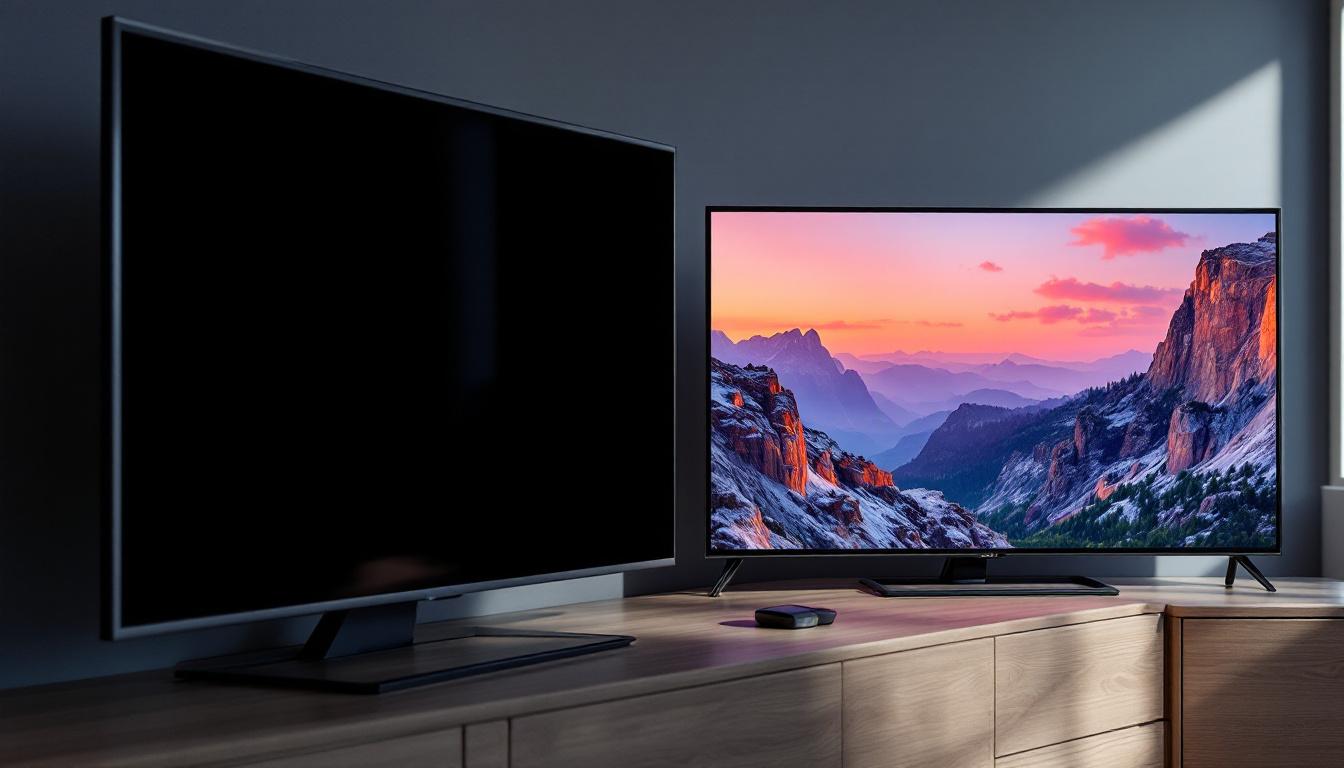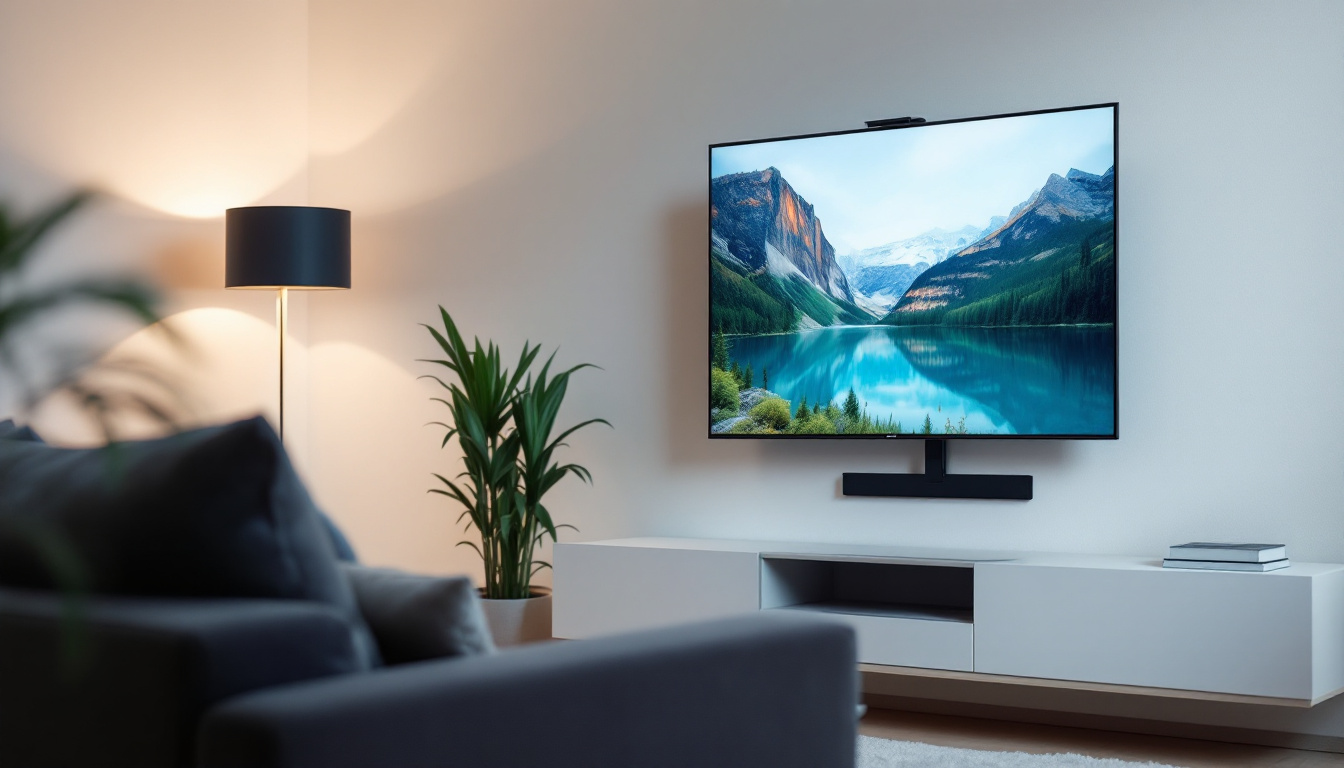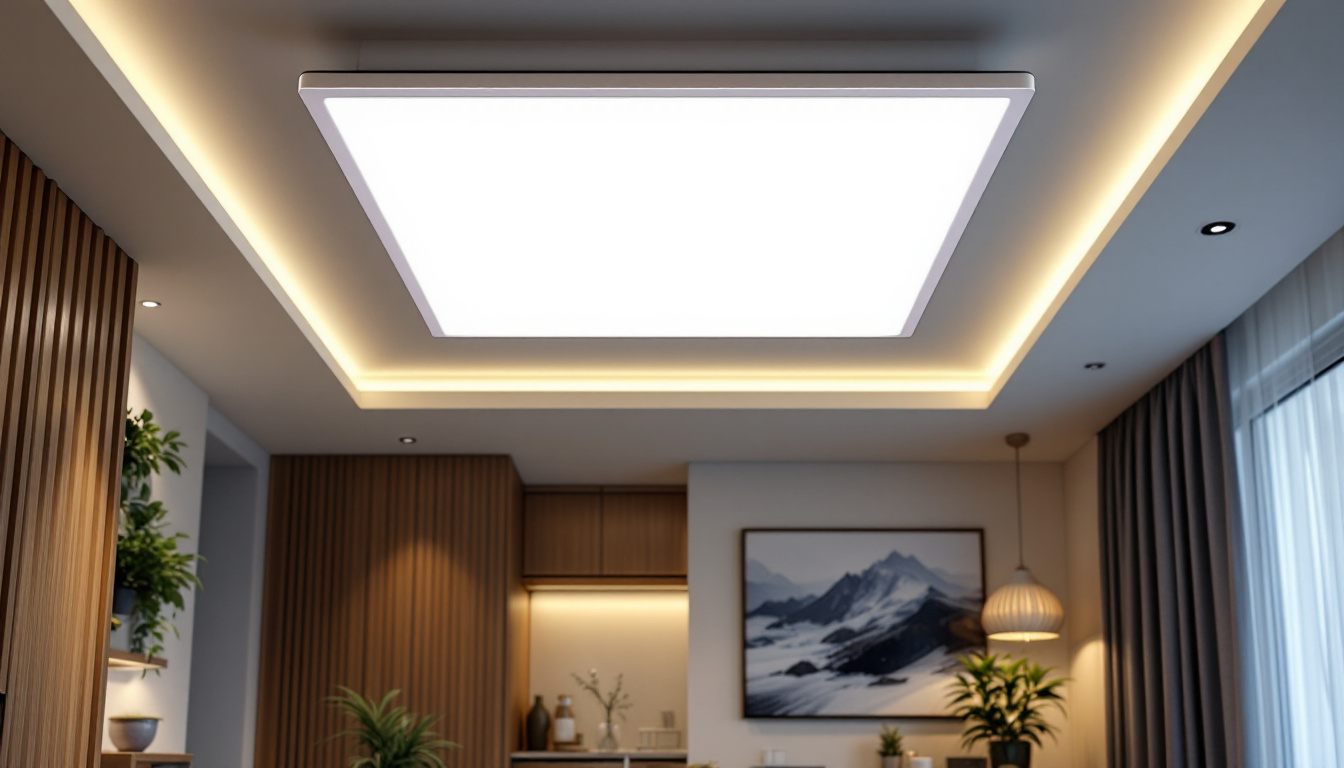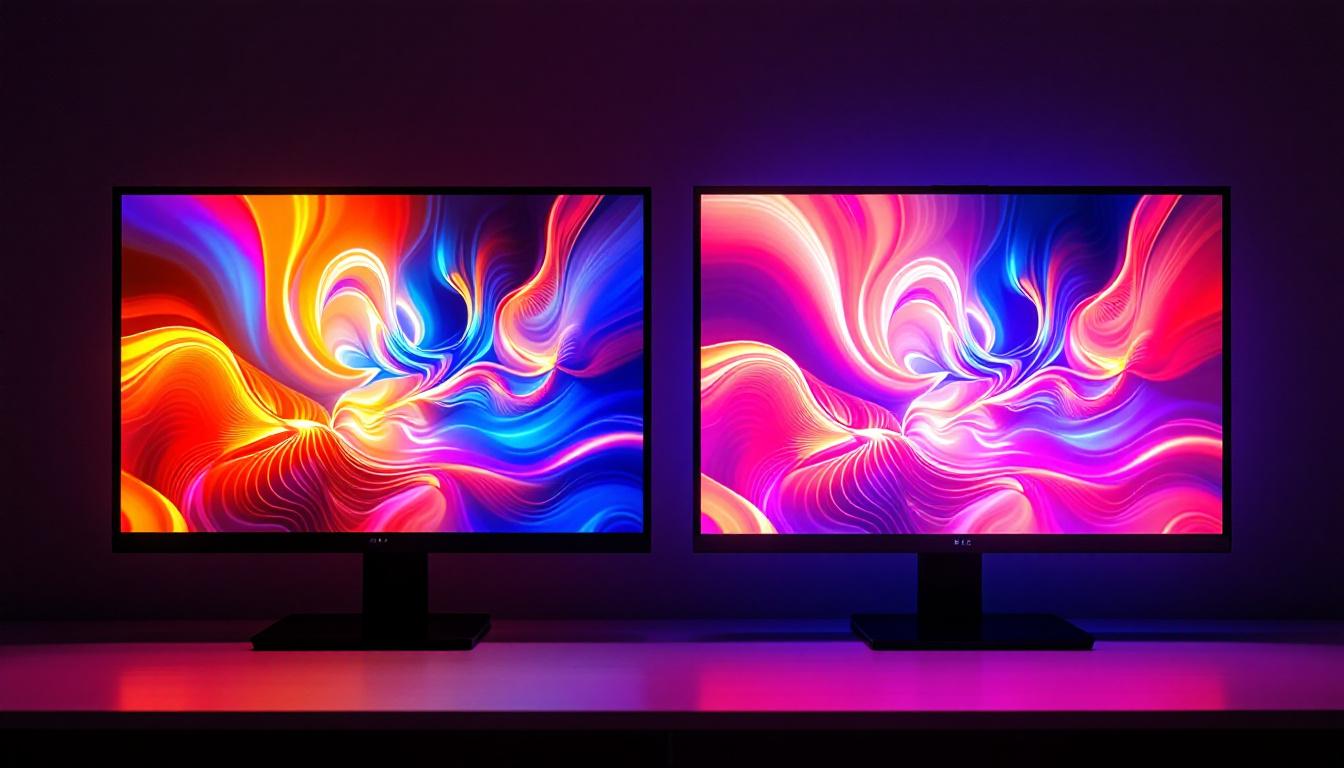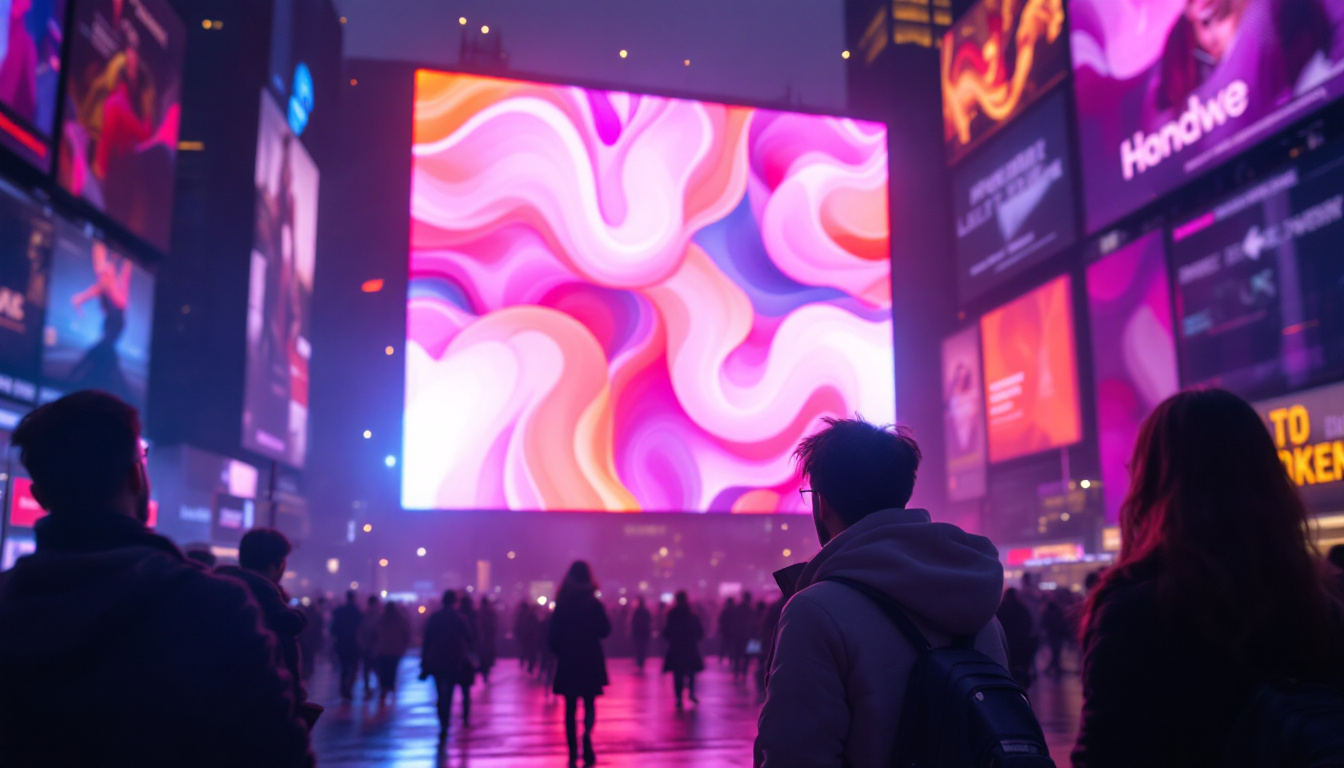In today’s digital age, where screens dominate our daily lives, the importance of protecting our eyes and ensuring privacy cannot be overstated. The monitor screen blocker has emerged as a practical solution for both concerns, particularly in environments where sensitive information is displayed. This article delves into the intricacies of LED displays, their benefits, and how monitor screen blockers can enhance user experience.
Understanding LED Displays
LED (Light Emitting Diode) displays have revolutionized the way we interact with technology. They are widely used in televisions, computer monitors, and various other devices due to their superior brightness, energy efficiency, and longevity. Unlike traditional LCD screens, which rely on a backlight to illuminate pixels, LED displays emit light directly from the diodes, resulting in sharper images and vibrant colors.
The Technology Behind LED Displays
The core technology of LED displays involves the use of semiconductor materials that emit light when an electric current passes through them. This process allows for precise control over brightness and color, enabling displays to achieve higher contrast ratios and deeper blacks. The advancements in LED technology have also led to the development of OLED (Organic LED) displays, which offer even greater flexibility and image quality.
In addition to their visual advantages, LED displays are known for their energy efficiency. They consume significantly less power compared to traditional display technologies, making them an environmentally friendly choice. This efficiency not only reduces electricity costs but also contributes to a lower carbon footprint. Furthermore, the longevity of LED displays means that they often outlast their LCD counterparts, leading to less electronic waste and a more sustainable approach to technology consumption.
Applications of LED Displays
LED displays are ubiquitous in modern life, found in a variety of applications ranging from consumer electronics to large-scale advertising. In the realm of consumer electronics, LED monitors are favored for gaming, graphic design, and general computing due to their fast response times and high refresh rates. In commercial settings, LED displays are commonly used for digital signage, providing businesses with a dynamic way to communicate with customers.
Moreover, the versatility of LED technology has led to its adoption in innovative fields such as automotive displays and smart home devices. The ability to create flexible and transparent displays opens up new possibilities for integration into everyday objects, further enhancing user interaction. For instance, in the automotive industry, LED displays are utilized in dashboards and infotainment systems, providing drivers with real-time data in a visually appealing format. In smart homes, LED technology can be integrated into lighting systems that adjust based on ambient light conditions or user preferences, showcasing the potential for interactive and responsive environments.
As we look to the future, the evolution of LED displays continues to push boundaries. Emerging technologies, such as MicroLED and MiniLED, promise even greater advancements in display quality and efficiency. These innovations aim to provide higher pixel densities and improved color accuracy, which could redefine the viewing experience across various platforms, from cinema screens to personal devices. The ongoing research and development in this field suggest that LED displays will remain at the forefront of technological advancements, shaping how we consume visual content in the years to come.
The Importance of Monitor Screen Blockers
As the use of LED displays becomes increasingly prevalent, so does the need for monitor screen blockers. These devices serve a dual purpose: protecting the user’s privacy and reducing eye strain caused by prolonged screen exposure. Understanding the importance of monitor screen blockers can help individuals make informed decisions about their workspace setup.
Enhancing Privacy in Shared Spaces
In environments such as offices, cafes, or public transportation, the risk of prying eyes is a significant concern. Monitor screen blockers, often referred to as privacy filters, are designed to restrict the viewing angle of the screen. This means that only the person directly in front of the monitor can see the content clearly, while those at an angle see a darkened or blurred display.
This feature is particularly beneficial for professionals dealing with sensitive information, such as financial data, personal identification, or confidential business documents. By using a monitor screen blocker, individuals can work confidently, knowing that their information is shielded from unauthorized viewers.
Reducing Eye Strain and Fatigue
Prolonged exposure to LED screens can lead to digital eye strain, characterized by symptoms such as dry eyes, headaches, and blurred vision. Monitor screen blockers can help alleviate some of these issues by reducing glare and filtering out harmful blue light emitted by screens. This protective layer can make a significant difference, especially for those who spend long hours in front of a computer.
In addition to glare reduction, many monitor screen blockers are designed with anti-reflective coatings that enhance comfort during extended use. By minimizing distractions and improving visibility, these blockers contribute to a more pleasant and productive working environment.
Types of Monitor Screen Blockers
Monitor screen blockers come in various types and styles, catering to different needs and preferences. Understanding the available options can help users select the most suitable blocker for their specific situations.
Adhesive vs. Non-Adhesive Blockers
Monitor screen blockers can be categorized into adhesive and non-adhesive types. Adhesive blockers are designed to stick directly to the screen, providing a permanent solution. They are often easier to install and remove, making them ideal for individuals who prefer a more streamlined appearance.
On the other hand, non-adhesive blockers typically use clips or frames to secure the filter in place. This option allows users to easily switch between using the blocker and removing it when not needed. Non-adhesive blockers are particularly useful for shared workspaces where multiple users may require different setups.
Size and Compatibility
When choosing a monitor screen blocker, it is crucial to consider the size and compatibility with the existing display. Blockers are available in various sizes to fit different monitor dimensions, from standard desktop monitors to laptops and even mobile devices. Ensuring the right fit will maximize the effectiveness of the blocker while maintaining a clean aesthetic.
Additionally, some manufacturers offer customizable options, allowing users to select the size and features that best suit their needs. This flexibility ensures that individuals can find a monitor screen blocker that seamlessly integrates into their workspace.
Installation and Maintenance
Installing a monitor screen blocker is typically a straightforward process, but it can vary depending on the type chosen. Proper installation is essential to ensure optimal performance and longevity of the blocker.
Step-by-Step Installation Guide
For adhesive blockers, the installation process generally involves cleaning the screen to remove dust and fingerprints, aligning the blocker with the edges of the display, and carefully applying it to avoid air bubbles. Following the manufacturer’s instructions will help achieve the best results.
For non-adhesive blockers, the installation may require attaching clips or frames to the monitor. This process is usually quick and can be done without any tools, making it convenient for users who want to switch between setups frequently.
Cleaning and Maintenance Tips
To maintain the effectiveness of a monitor screen blocker, regular cleaning is essential. Most blockers can be wiped down with a microfiber cloth and a gentle cleaning solution to remove dust and smudges. It is important to avoid using abrasive materials or harsh chemicals, as these can damage the filter.
Additionally, users should periodically check the edges of adhesive blockers to ensure they remain securely attached. If any lifting occurs, reapplying the adhesive or considering a non-adhesive option may be necessary for continued effectiveness.
Choosing the Right Monitor Screen Blocker
Selecting the appropriate monitor screen blocker involves considering various factors, including personal preferences, the environment in which it will be used, and specific needs for privacy and eye protection.
Assessing Personal Needs
Before purchasing a monitor screen blocker, individuals should assess their specific needs. For those working in high-traffic areas where privacy is paramount, a blocker with a narrow viewing angle may be the best choice. Conversely, individuals who primarily work alone may prioritize features that reduce glare and eye strain.
Additionally, considering the amount of time spent in front of the screen can influence the decision. For heavy users, investing in a high-quality blocker with advanced features may be worthwhile to enhance comfort and productivity.
Budget Considerations
Monitor screen blockers are available at various price points, catering to different budgets. While it may be tempting to opt for the cheapest option, it is essential to consider the quality and effectiveness of the blocker. Investing in a reliable product can lead to better long-term results and improved user experience.
Many reputable brands offer warranties or satisfaction guarantees, providing peace of mind for consumers. Researching and reading reviews can help identify products that offer the best value for money.
The Future of Monitor Screen Blockers
As technology continues to evolve, so too will the design and functionality of monitor screen blockers. Innovations in materials and manufacturing processes may lead to even more effective solutions for privacy and eye protection.
Emerging Technologies
Future monitor screen blockers may incorporate advanced technologies such as adaptive filters that automatically adjust based on ambient light conditions. This could enhance user comfort and reduce eye strain even further. Additionally, the integration of smart technology may allow users to control their screen visibility through mobile apps or voice commands.
Furthermore, the trend toward remote work and hybrid office environments is likely to drive demand for effective privacy solutions. As more individuals work from home or in shared spaces, the need for reliable monitor screen blockers will only increase.
Conclusion
In conclusion, monitor screen blockers are essential tools for enhancing privacy and reducing eye strain in an increasingly screen-centric world. With the advantages of LED displays and the protective features of monitor blockers, users can create a more comfortable and secure working environment. By understanding the various types, installation processes, and future trends, individuals can make informed choices that enhance their digital experiences.
Investing in a quality monitor screen blocker not only protects sensitive information but also contributes to overall well-being in the digital age. As technology continues to advance, the importance of such protective measures will only grow, making it crucial for users to stay informed and proactive in safeguarding their digital interactions.
Discover LumenMatrix’s Advanced LED Display Solutions
Ready to elevate your visual experience and safeguard your digital privacy? Look no further than LumenMatrix, a pioneer in LED display technology. Our extensive range of products, from Indoor and Outdoor LED Wall Displays to innovative LED Transparent Displays, is designed to captivate and engage. Whether you’re looking to enhance brand visibility, create immersive environments, or ensure your sensitive information remains confidential, LumenMatrix has the solution. Check out LumenMatrix LED Display Solutions today and step into the future of visual communication.

